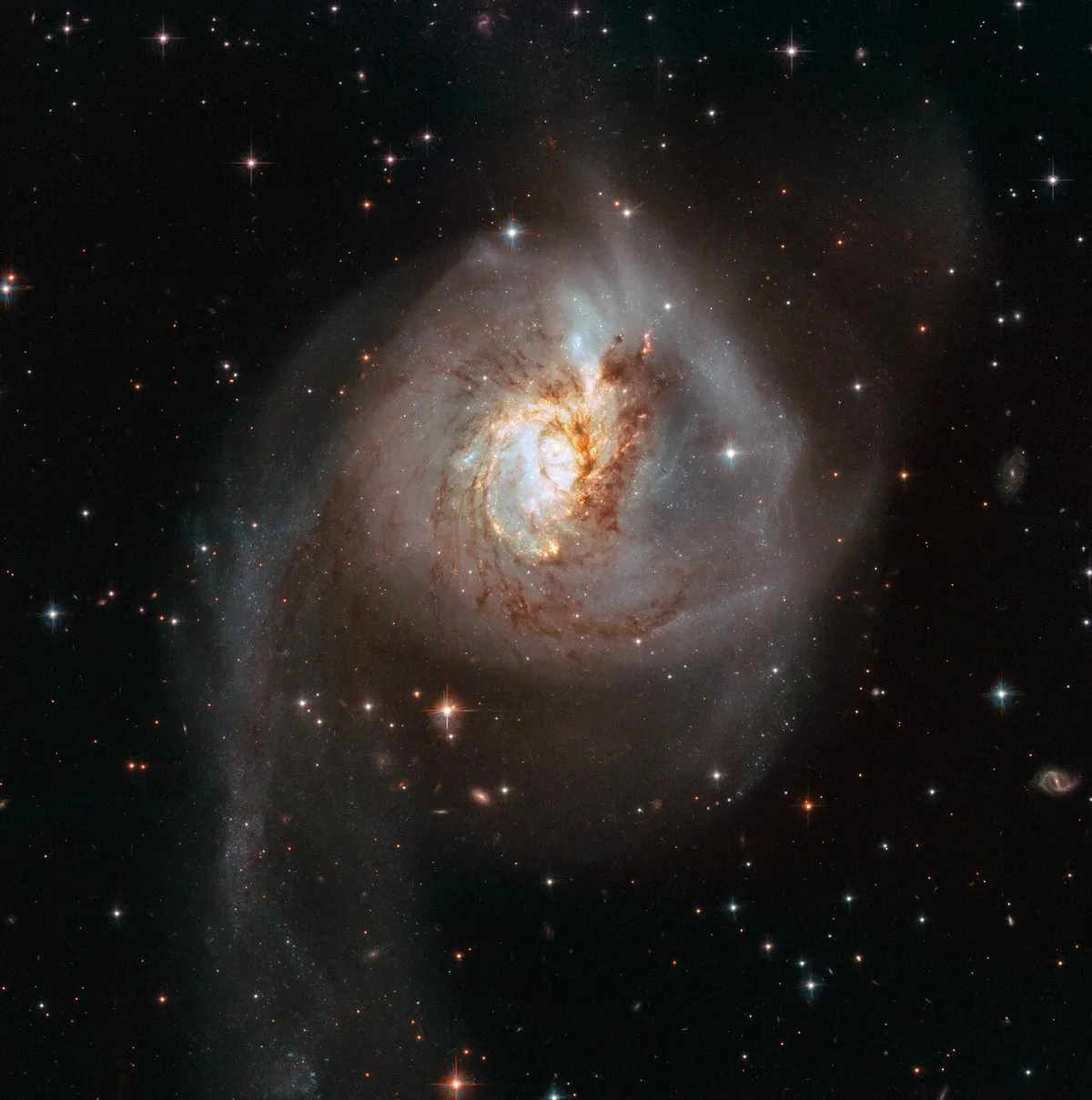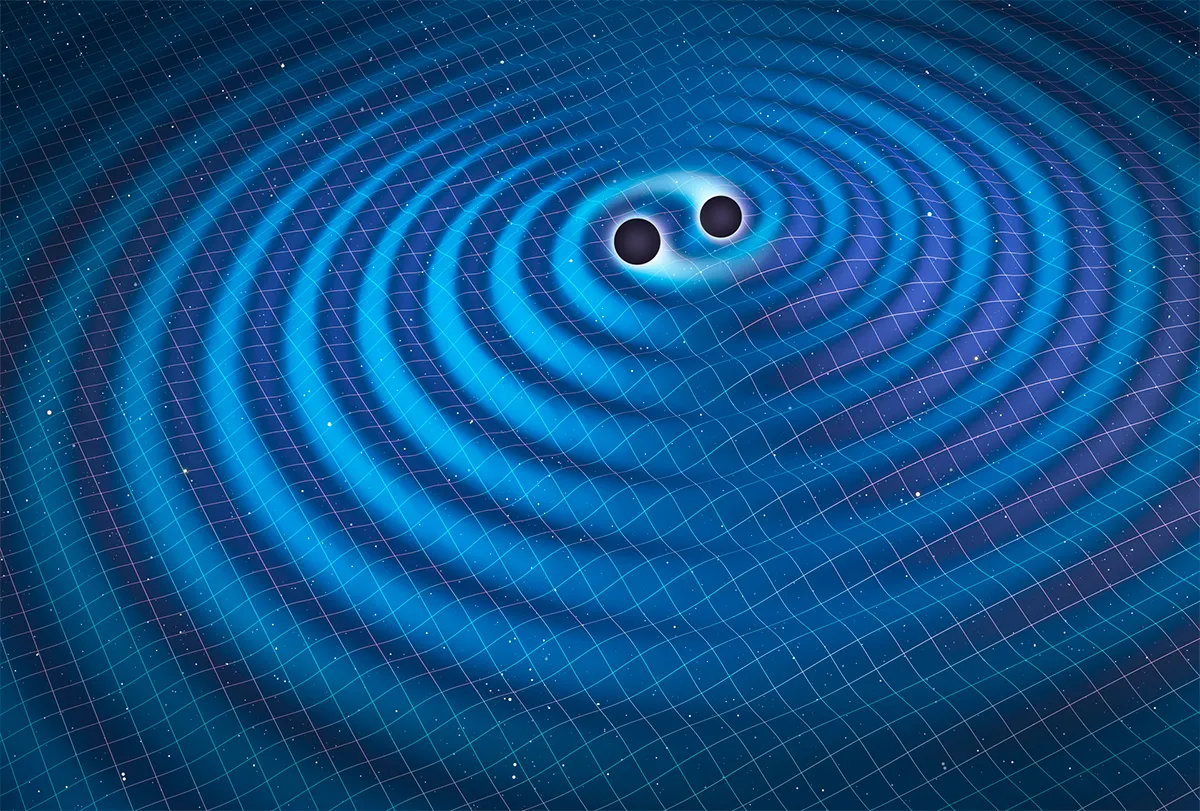Galaxies collide, and so do their supermassive black holes, right? It’s actually not that simple, and the issue surrounding this branch of space science is known as the Final Parsec Problem.
We know that galaxies merge and collide as they're pulled together via gravity.
Astronomers now calculate that there is a supermassive black hole at the centre of most galaxies, and this is key to the Final Parsec Problem.
Our ideas about what happens when galaxies collide include their central supermassive black holes merging.

But astronomers encounter an issue when they try to model exactly how this occurs.
In order to spiral towards one another, the two black holes must first shed energy.
To start with, that energy is transferred to surrounding material, including gas and dust.
Except when the galactic black holes get within a parsec of each other – just over three lightyears – it seems there’s no longer enough ‘stuff’ to shed energy to.
This has become known as the Final Parsec Problem.
Solving the Final Parsec Problem

There must be solution to the Final Parsec Problem, and recent experiments such as NANOGrav have picked up a lot of gravitational waves that look like they come from colliding supermassive black holes.
There’s clearly something we are missing in our models.
That could be the influence of a third black hole, but that’s unlikely to account for all cases.
Perhaps the black holes interact with their environment in some other way that causes them to lose orbital energy, spiral in and collide.
For now, the Final Parsec Problem remains one of the biggest mysteries in black hole and galactic astronomy.
This article appeared in the January 2024 issue of BBC Sky at Night Magazine

